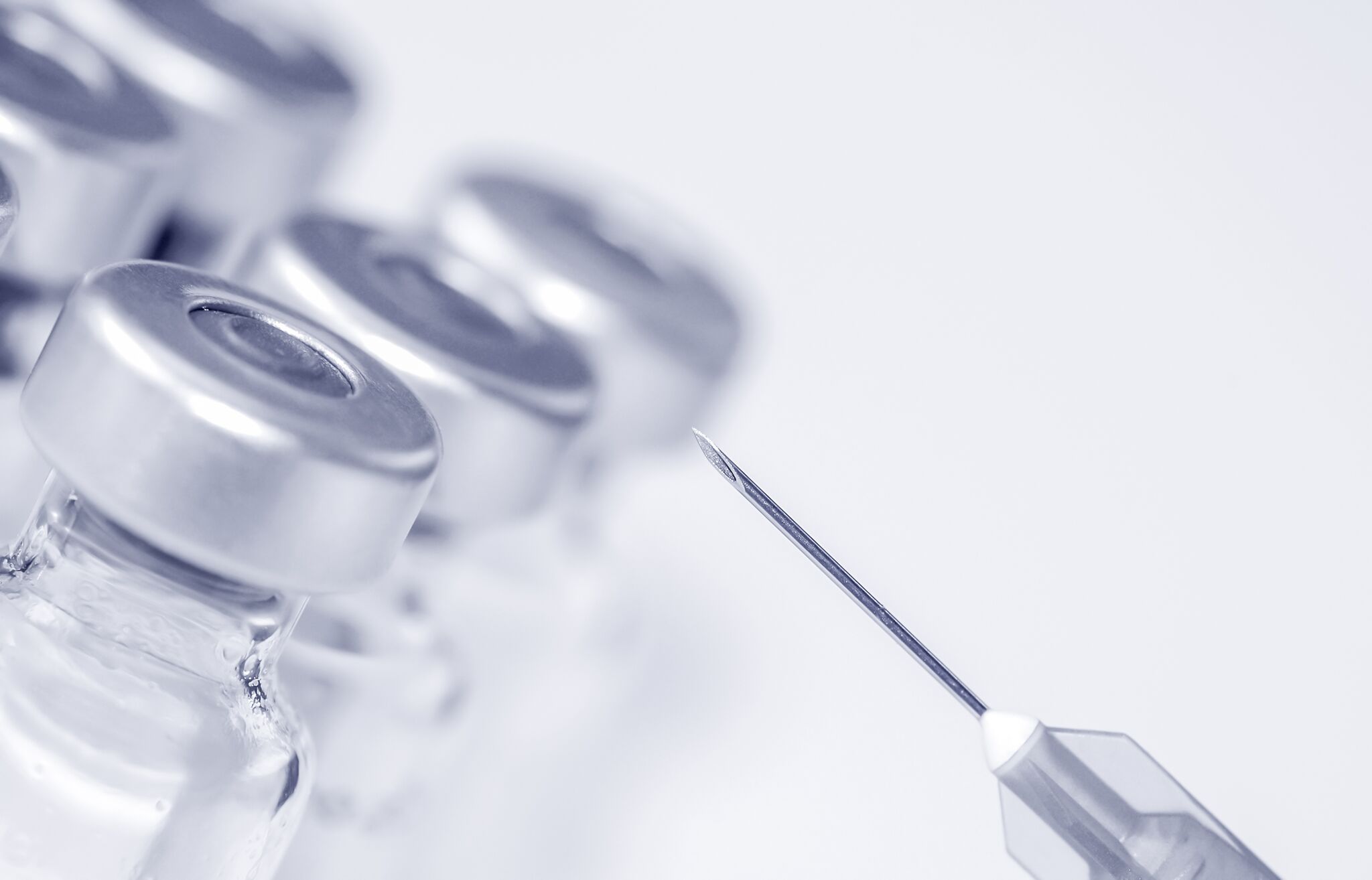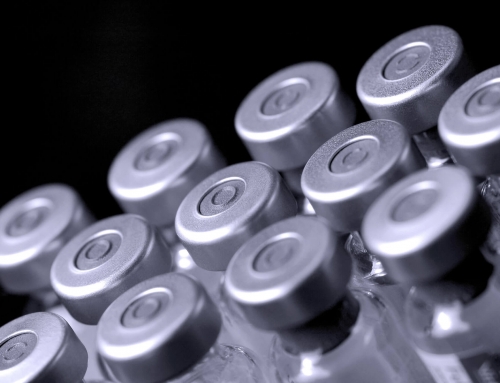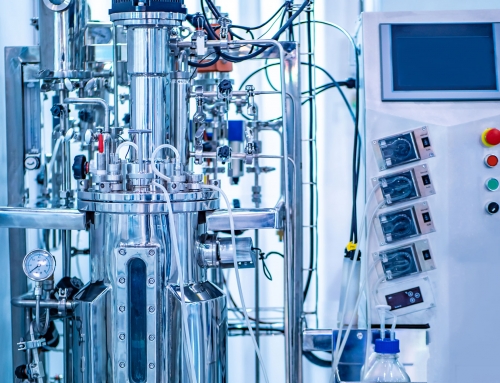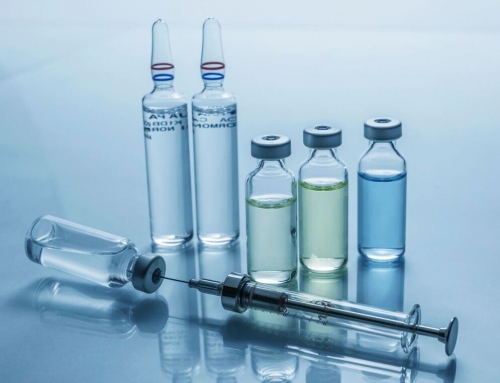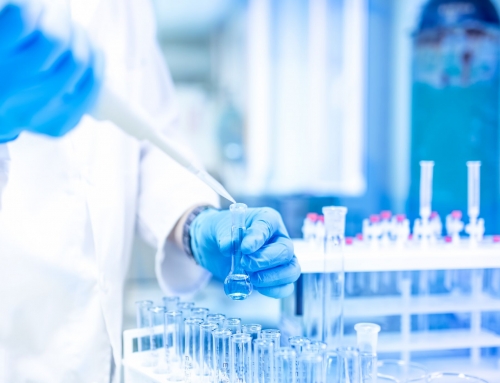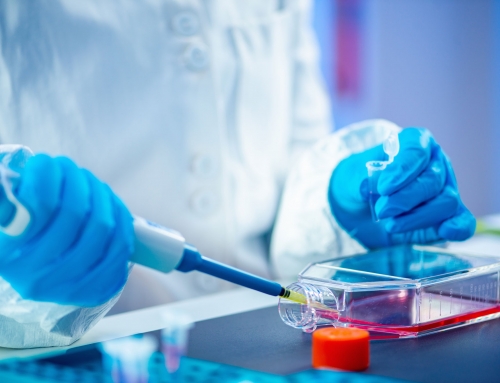Despite surface similarities, biologics process development and manufacturing sciences are two very different disciplines. They require different sets of skills, draw from varied areas of expertise, and have distinct goals. Yet, when they work in tandem, they can accelerate the timeline for bringing a new biologics product to market.
Process development sets forth the parameters and operations by which a biologics product can be manufactured at scale. The manufacturing team then follows this process to generate the actual product.
In the past, process development and manufacturing teams have often been unnecessarily siloed from one-another, which has led to challenges in accelerating the development in biologics products. Parameters that delivered excellent results in the lab were sometimes too narrow to be reproduced at scale, while manufacturing scientists may have been unaware of options that would have yielded better results.
Today, biologics developers are looking for new ways to encourage an interchange between process development and manufacturing teams, so that the work of each one supports the other as directly as possible to streamline the entire product development process.
Innovative approaches have already yielded results in biotherapies, MAbs, vaccines, and more as developers react to accelerated demand by combining the expertise of process development and manufacturing teams in everything from the earliest stages of process development to process scale-up, manufacture and roll-out.
Biologics process development and manufacturing can help each other succeed.
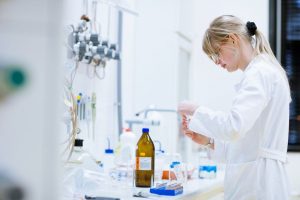
The goal of process development is to define a process that yields stable quality characteristics that can be reproduced time and time again. The creation of a reliable product at scale requires processes that are not only reproducible but that can be counted on to create a product that fits within the necessary parameters every time.
In the past, this has focused on identifying processes that generate high titers with low volumetric endpoints. However, as companies begin looking at the actual results obtained by their manufacturing teams and applying them to process development, focus has shifted away from titer and toward indicators such as volumetric productivity as the optimized parameter.
As a key performance indicator, volumetric productivity measures how much of the desired product is created by volume. However, even that isn’t a complete measure for product manufacturing, since factors like the size of a bioreactor or the amount of up time in a manufacturing facility can affect productivity, as well.
Since manufacturing is focused on actually producing the product according to the specifications set forth by process development, communication and collaboration between the two can help to ensure that everything works as efficiently as possible, not merely in the lab but also at scale.
While a shift from titers to volumetric productivity as a key performance indicator is one example of the realities of manufacturing affecting process development, there are plenty of others.
What works in the lab may not always work at scale.
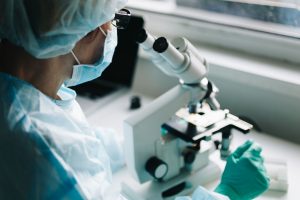
Because process development happens at a small scale but creates processes that are going to be used at a large scale, there is often a big difference between what works in the process development lab and what works on the actual manufacturing floor.
One of the jobs of biologics process development is to identify specification limits such as USL and LSL that are narrow enough to produce the correct product while still being wide enough to be used in different facilities at different scales of production.
While volumetric productivity is an important consideration, simply choosing the ranges that deliver the highest culture productivity by volume in the lab doesn’t always work when it’s rolled out to scale.
Even if a process yields a 100 percent increase in productivity during process development, if the parameters are too narrow, manufacturing may only be able to stay within them about half the time. In this way, even massive gains in productivity can be erased if the results can’t be reliably reproduced at scale.
By empowering process development and manufacturing teams to share expertise and experiences and to adapt based on feedback from one-another, biologics developers can reduce these kinds of unfortunate setbacks and ensure processes that operate efficiently at every stage.
Biologics process developers can set wider limits for greater process capability with feedback from manufacturing.
Developing biologics and biosimilars is a complex process filled with variables that aren’t always predictable in advance. What worked in the lab with only a few liters of product may produce unexpected results when expanded to a manufacturing facility that deals in kiloliters.
Meanwhile, the realities of manufacturing can yield insights that might have been missed by process development teams. These can then be put into place to make process parameters that are more conducive to the creation of product at scale.
Process limits that are too narrowly defined can lead to the rejection of expensive batches of material that would have actually been fine for use had parameters been defined less rigidly. For some process development teams, this has meant experimenting with things like excursions outside operating limits to see what impact the excursion had on product quality. If the impact wasn’t as high as originally imagined, perhaps parameters could be adjusted to better facilitate the realities of manufacturing in large quantities.
By working together, process developers and manufacturing scientists can identify the “sweet spot” that will produce the largest amount of viable product in the shortest time, which is ultimately a win for everybody.

